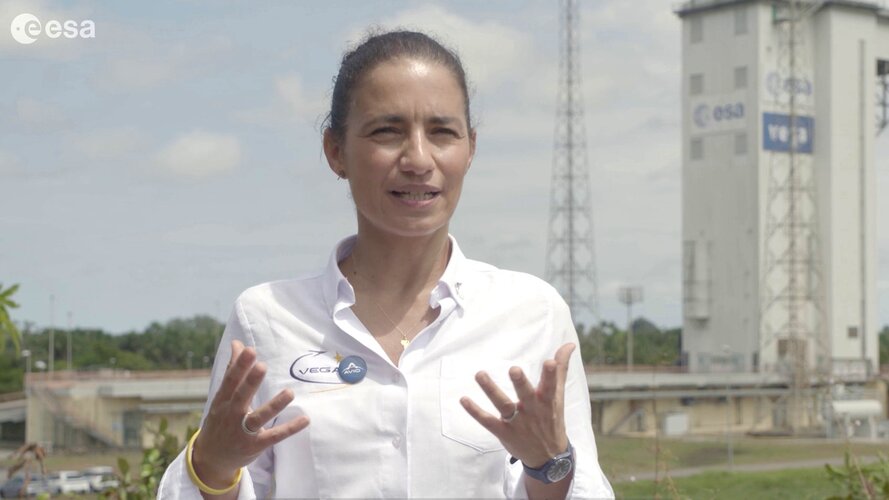Interviews with personnel that worked on the last Vega rocket, flight VV24, with Sentinel-2C onboard.
The third Copernicus Sentinel-2 satellite launched from Europe’s Spaceport in French Guiana aboard the final Vega rocket on 5 September at 03:50 CEST (4 September 22:50 local time).
After a successful launch, Sentinel-2C separated from its Vega rocket at approximately 04:48 CEST. Around 14 minutes later, at 05:02 CEST, ESA’s ESOC mission operations centre in Darmstadt, Germany, received the all-important first signals from the satellite indicating that it had safely arrived in orbit.
Giovanna Manca, Vega launch complex operations manager for Avio, Fulvio Spaziani Brunella, Site manager for Avio, Claude Legrand, Quick-look telemetry display technical authority for Arianespace, Renato Lafranconi, Vega programme manager at ESA, and Francesca Diciolla, Environmental safety manager for Avio explain their roles in the Vega story.
The last Vega flight ended three Sentinel 2 launches, the Sentinel-2A and Sentinel-2B satellites were launched on Vega marking a logical conclusion to Vega’s stellar roster of satellites launched. Other missions launched by the small and nimble rocket over its lifetime are flagship ESA missions such as technology demonstrator Proba-V, wind monitoring satellite Aeolus, the reentry vehicle IXV and a forerunner to LISA that will measure gravitational waves in space.
Vega ensured that Europe has a versatile, independent access to space, complementing the Ariane family of rockets to launch any satellite to any orbit – continuing with Vega-C and Ariane 6.



 Video:
00:03:13
Video:
00:03:13